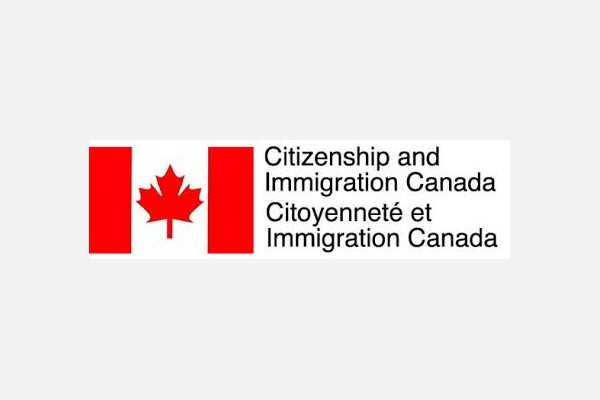Repository of Practices

Local Immigration Partnerships (LIPs)
Dates
Type of practice
Summary
Local Immigration Partnerships (LIPs) are indirect settlement services under Canada’s Settlement Program that support the development of local partnerships, capacity building and the sharing of best practices. A LIP is a community-based partnership that coordinates services at the community level through cross-sector collaboration and planning. The partnerships generally brings together a wide range of stakeholders, including municipalities and other levels of government, settlement service providers, employers, local Chambers of Commerce, school boards, Francophone Immigration Networks (Réseaux en immigration francophone), health centers and networks, ethno-cultural and faith-based organizations, and other local partners interested in immigration and the settlement of newcomers. Through these partnerships, LIPs foster welcoming communities and support the two-way process of integration that requires adjustment on the part of both newcomers and host communities.
Organizations
Main Implementing Organization(s)
Detailed Information
Partner/Donor Organizations
Benefit and Impact
For example, a survey conducted by the National LIP secretariat in 2020 reported that 72% of LIP coordinators and staff have received training to understand racism and systemic racism in their communities. Furthermore, 100% of LIP coordinators and staff agreed that the top priority in terms of internal training should be a focus on anti-racism.
In addition, LIPs overall have been very successful in engaging diverse partners in the settlement process. For instance, all LIPs include settlement service providers on their main councils or working groups and all LIPs include mainstream service partners, including, but not limited to, hospitals, schools, justice services, and regional or municipal government partners. In addition, two thirds of LIPs include provincial government partners and nearly half include federal government partners.
Lastly, the majority of LIPs have developed strategic plans that include items on housing, employment, language, social inclusion and transportation. The research role provided by LIPs has been a major success, with a large majority having studied community needs and gaps related to newcomers. LIPs have made substantial changes in leading the development of innovative practices and improving cross-cultural competence among service providers.
Examples of LIPs promoting innovative and culturally competent service delivery:
• Municipality of Toronto, Ontario: Supported the development of a mental health navigation tool for frontline staff
• Municipality of Peterborough, Ontario: Introduced a Diversity Training Program
• Bow Valley region, Alberta: Development of a workplace inclusivity charter and certification system
Key Lessons
While the majority of LIPs receive funding from government sources (IRCC, provinces/territories, municipalities), the issue of leveraging additional sources of funding to cover remaining costs is a persistent threat to the sustainability of the LIPs model.
Available evidence shows that the most effective partnerships tend to be those hosted or led by municipalities, in particular when it comes to leveraging additional funding. While LIPs are generally recognized for their ability to develop diverse, multi-stakeholder partnerships, challenges arise for those LIPs unable to bring the right mix of local players on board or to secure their long-term commitment to the partnership.
Recommendations(if the practice is to be replicated)
Innovation
- LIPs have played a key role in responding to the COVID-19 pandemic, moving to service delivery online while also providing and promoting access to technology. LIPs ensured alternate forms of communication became accessible to newcomers who use their services, and were successful in bringing together partners, other community organizations, unions and faith organizations to support the evolving needs of newcomers during the pandemic.
Additional Resources
Date submitted:
Disclaimer: The content of this practice reflects the views of the implementers and does not necessarily reflect the views of the United Nations, the United Nations Network on Migration, and its members.
More Related Practices:
- Migrant Domestic Workers Rights on the Threshold of Czech Households
- Libro: “A 20 años de la Ley de Migraciones”
- Comité de Familiares de Migrantes Desaparecidos de el Progreso, Yoro, Honduras, COFAMIPRO 25 años dando la lucha en la búsqueda de personas migrantes
- Programa de sensibilización de los derechos políticos de la población migrante internacional: En La Ciudad, Votás
- Transhumance Tracking Tool (TTT)
Peer Reviewer Feedback:
*References to Kosovo shall be understood to be in the context of United Nations Security Council resolution 1244 (1999).
Newsletter
Subscribe to our newsletter.
